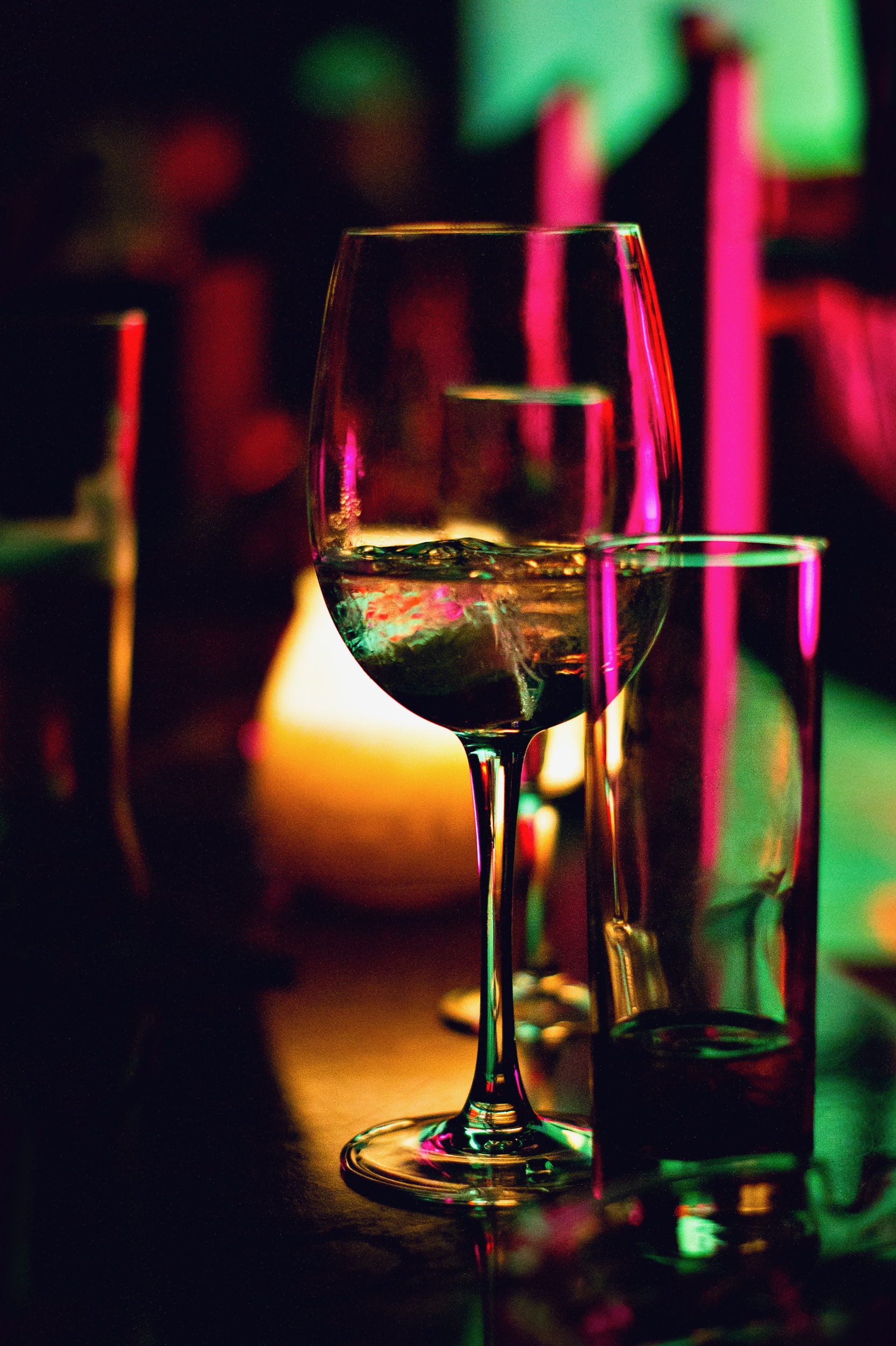Women are often told to “watch their drink” by prevention campaigns aiming to create awareness about being drugged or having their drink spiked. A
study of American students found that nearly 1 in 10 (7.8%) reported that they had been drugged previously and disturbingly, 1.4% admitted they had drugged someone else. Often, the drugs used in these instances, such as rohypnol, ketamine, GHB and GBL, have no color, smell or taste when added to a food or beverage, making them virtually
undetectable to the victim. Though it’s not widely discussed, a spiked drink also
includes non-consensual instances of adding alcohol, liquor or any other type of substance to someone’s drink, not just the substances listed above.
DrugAbuse.com, a leading provider of substance abuse treatment resources, surveyed 3,081 women across the country about their fears of having their drink spiked. The survey showed that
out of the fear of potentially having their drink spiked, more than one-third (34%) of women said they’ve actively stayed sober on a night out, or stayed in altogether.
Even though prevention tactics and campaigns suggest to “watch your drink”, spiking a drink can happen in the blink of an eye. It could be while reaching into your pocket or purse or when your gaze is briefly averted while chatting to a friend, but despite being as diligent as one can in this situation, the direct blame of drugging someone is squarely on the perpetrator. And given the range of ways in which drinks could be spiked can occur, it’s certainly understandable why so many women would choose to forfeit a night of drinking with their friends to try and prevent this crime from happening.
While most people feel more in control, alert, less inhibited and possibly less likely to be caught off guard while sober, it’s also important to remember that a drink of any kind can be spiked. In fact, a separate
survey by
Alcohol.org found that nearly 1 in 10 (7%) women who have been the victim of a spiked drink were drinking a non-alcoholic beverage. Unfortunately, regardless of the precautions women take towards preventing their drink being spiked, the risk is never completely eradicated.
There have been numerous inventions and devices designed to prevent people’s drinks being spiked, including a
coin-sized drug test that clips onto your keychain, a wearable
scrunchie which unzips to reveal a drink cover for your glass, color-changing
nail polish which alters shades when a substance is detected, and even a
smart coaster. However, the very existence of these anti-spike products can sometimes lead to victim-blaming of women, insinuating that those who have been victim to drugging haven’t taken the recommended precautions developed. On a larger, and more damaging note, this can lead to lack of reporting of these crimes, among a host of other complications.
The
study also discovered that for 1 in 5 women who have had their drink spiked, the perpetrator was a friend; and for 6% of women, the perpetrator was an acquaintance. Again, prevention tactics suggest that women keep close guard over their drink, however, most tend to feel safer and more comfortable around friends or social circles of mutual acquaintances. Therefore, these statistics show that spiking can happen when least expected. It also doesn’t help that almost 2 in 3 (65%) women said they’re not confident their perpetrator will be held accountable by the law.
Spotting the signs: It’s often virtually impossible to detect whether your drink has been spiked, however, below is a guide to common drugs used to spike drinks along with symptoms an individual might experience after these are mixed with alcohol:
Rohypnol
· Extreme drowsiness
· Loss of consciousness
· Delayed heart rate & breathing, which can be fatal.
Ketamine
· Slowed cognitive & physical abilities
· Increased risk of hallucinations
· Loss of consciousness
· Increased blood pressure
· Dangerously slowed breathing.
MDMA
· May increase the risk of neurotoxic effects when combined with alcohol.
LSD
· Alcohol may increase LSD’s depressant effects, leading to extreme depressive symptoms.
GHB or GBL
· Alcohol’s depressant effects are greatly exacerbated
· Breathing becomes difficult
· Nausea.
Benzodiazepine
· Compromised cognitive & physical abilities
· Increased risk of adverse effects to alcohol.
Alcohol
Overconsumption can lead to alcohol poisoning, which may cause:
· Decreased coordination
· Clouded judgement
· Breathing difficulty
· Vomiting
· Hypothermia
· Loss of consciousness.
